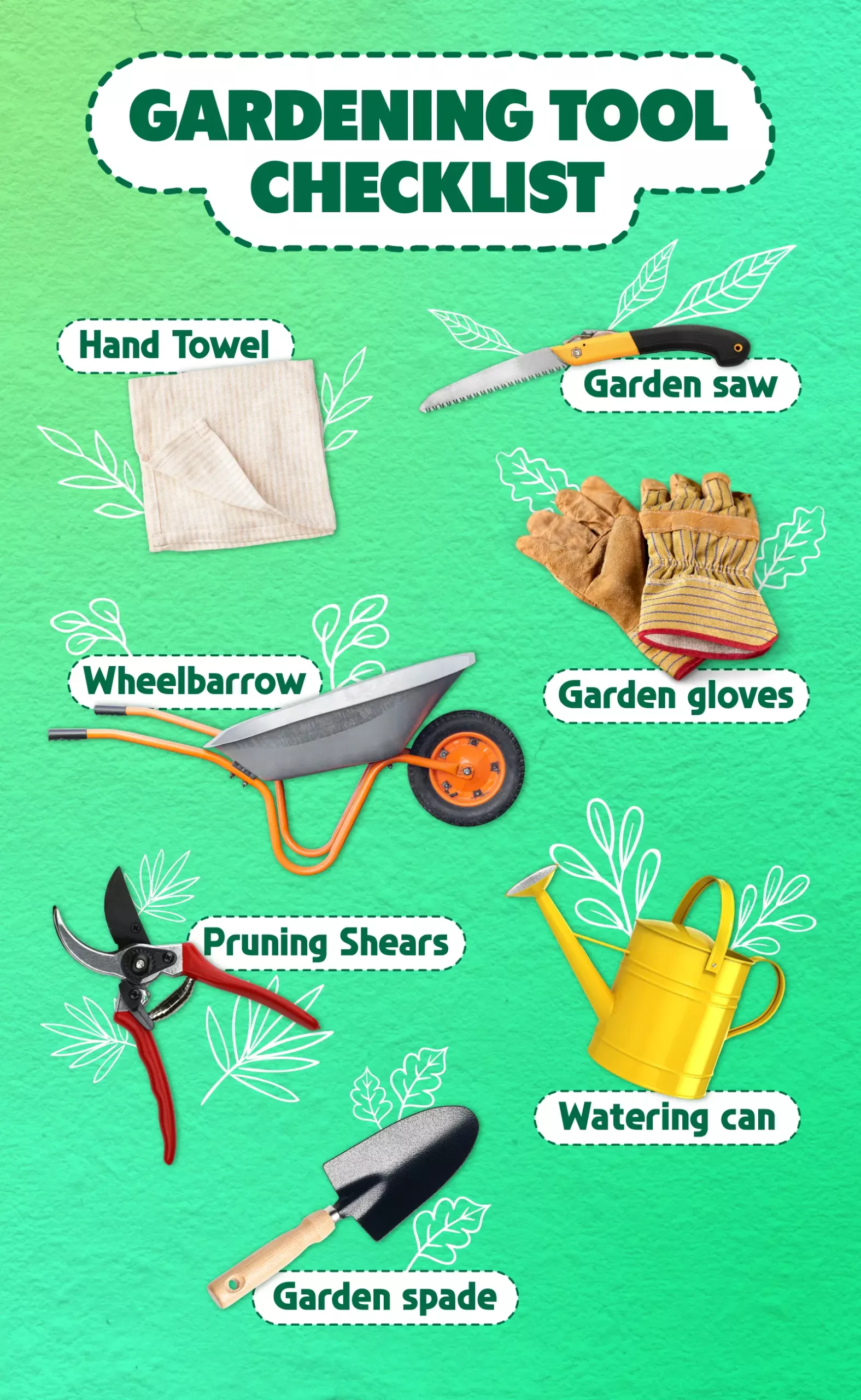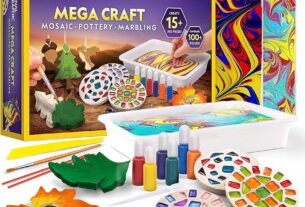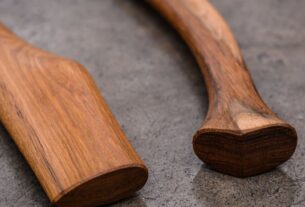Are you looking to transplant your favorite plants or flowers in your garden but don’t know where to start? Look no further! In this article, we’ll explore the best tools for transplanting and provide expert advice on how to choose and use them effectively.
[h2]Why is Transplanting Important?[/h2]
Transplanting is an essential part of gardening as it allows a plant to grow and thrive in a new environment. Whether you’re moving a plant from one location to another or repotting it, proper transplanting techniques can help ensure the success of your gardening endeavors.
[h2]Choosing the Right Tools[/h2]
Choosing the right tools for transplanting can make all the difference in the success of your gardening efforts. Here are some of the most important tools for transplanting:
[h3]1. Hand Trowel[/h3]
A hand trowel is a versatile tool that can be used for many different gardening tasks, including digging holes for small plants, breaking up soil, and removing weeds. When choosing a hand trowel, look for one with a comfortable grip and a sturdy blade that can handle tough soil.
[h3]2. Spade[/h3]
A spade is ideal for digging larger holes and moving larger plants. Look for a spade with a sharp blade that can easily cut through roots and soil.
[h3]3. Garden Fork[/h3]
A garden fork is essential for loosening compacted soil before planting or transplanting. Look for one with sturdy tines that won’t bend or break under pressure.
[h3]4. Pruning Shears[/h3]
Pruning shears are useful for trimming back overgrown branches or cutting away dead foliage before transplanting. Look for ones with sharp blades that can easily cut through stems.
[h2]Using Your Tools Effectively[/h2]
Now that you have the right tools, it’s important to know how to use them effectively. Here are some tips for successful transplanting:
[h3]1. Prepare the Plant and Soil[/h3]
Before transplanting, make sure the plant is well-watered and the soil is moist. This will help prevent shock to the plant’s roots during the transplanting process.
[h3]2. Dig a Hole[/h3]
Use your spade or hand trowel to dig a hole in the new location where you want to transplant your plant. Make sure the hole is slightly larger than the root ball of your plant.
[h3]3. Remove the Plant from its Container[/h3]
Gently remove your plant from its container and examine its root system. If the roots are tightly wound around each other, gently tease them apart with your fingers or a garden fork.
[h3]4. Place Plant in Hole[/h3]
Carefully place your plant in the hole, making sure it sits level with the surrounding soil. Backfill with soil and gently press down on the soil to eliminate any air pockets.
[h3]5. Water Thoroughly[/h3]
Water your newly transplanted plant thoroughly, making sure the water reaches deep into the soil. This will help settle the soil around the roots and promote healthy growth.
[h2]Conclusion[/h2]
Transplanting can be a daunting task for even experienced gardeners, but with the right tools and techniques, it can be a rewarding experience that leads to beautiful, thriving plants. Remember to choose tools that are comfortable for you to use and always follow proper planting procedures for best results.
If you’re looking for more information on gardening and transplanting, check out these helpful resources:
– The Old Farmer’s Almanac: https://www.almanac.com/gardening/transplanting
– Better Homes and Gardens: https://www.bhg.com/gardening/yard/garden-care/transplanting-tips/
– Gardener’s Supply Company: https://www.gardeners.com/how-to/transplanting/5068.html
Happy gardening!




